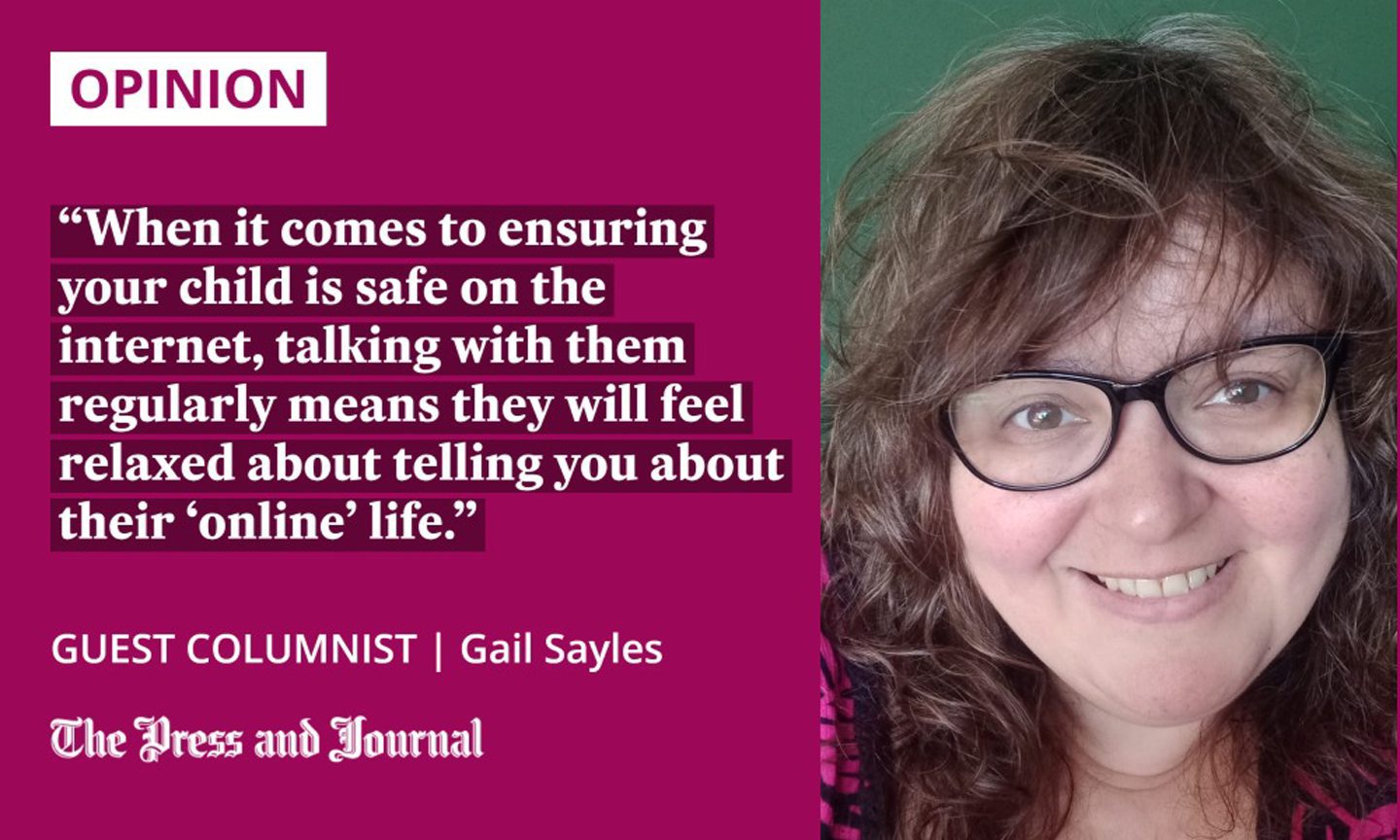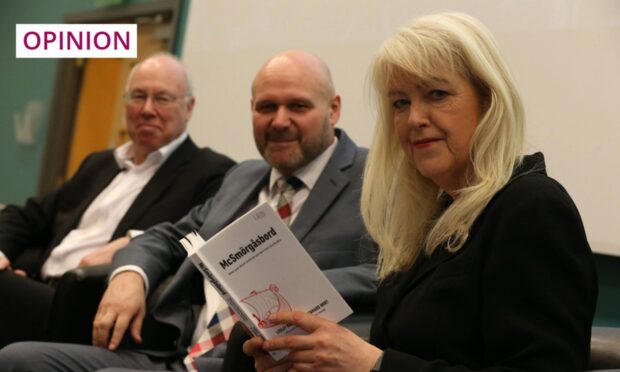It can be understandably hard for parents and carers to keep up with the latest online technology, because it’s changing so fast. But, it’s something that children and young people are dealing with every day.
There’s a few news stories about the metaverse being the next big development in internet technology. It’s important for adults to know exactly what it is, and the benefits and risks it could pose to children and young people.
The metaverse is an online environment where users can take part in day-to-day activities, which they might already enjoy offline or in the “real world”. For example, people can go shopping in the metaverse, watch a film at a virtual cinema, or have a virtual dinner with friends. Some experts have referred to it as a “3D internet”.

Companies use technology to allow people to access the metaverse using a headset. This creates a more immersive “real-life experience”, for shopping online or using social media accounts.
We’re already seeing tech companies experiment with the metaverse. Facebook recently changed its name to Meta, and launched a new, virtual reality platform called Horizon Worlds in the US. Virtual reality has been popular in the gaming industry for a few years. Platforms such as Roblox and Fortnite already use online gaming environments that can be accessed using a headset.
Children could be at risk in digital environments
One of the NSPCC’s top concerns for the metaverse is that there is no age assurance on the virtual platform, so anyone can go online and pretend to be younger or older than they really are. This makes it easier for children to access inappropriate material or digital environments where they could be at risk, and easier for online offenders to groom, bully or abuse children.
When it comes to ensuring your child is safe on the internet, talking with them regularly means they will feel relaxed about telling you about their “online” life. This way, if they do have any worries, they will be more likely to speak to you about it.
You can also ask them who your kids are talking to online. If it’s people they don’t know in real life, try not to get angry, just remind them that not everyone online is who they say they are. Stress that they should never arrange to meet up with someone they met online without telling you first.
Using parental controls and keeping gaming devices and computers in family spaces will also help to keep young people safe.
For more information and advice, visit our website. If you are concerned about a child, contact the NSPCC Helpline on 0808 800 5000, or email help@nspcc.org.uk.
Children can contact Childline on 0800 1111 or go to childline.org.uk about any worries or concerns.
Gail Sayles is local campaigns manager for NSPCC Scotland
Gail Sayles: Have a plan to ensure your child is ready to be left at home alone











Conversation